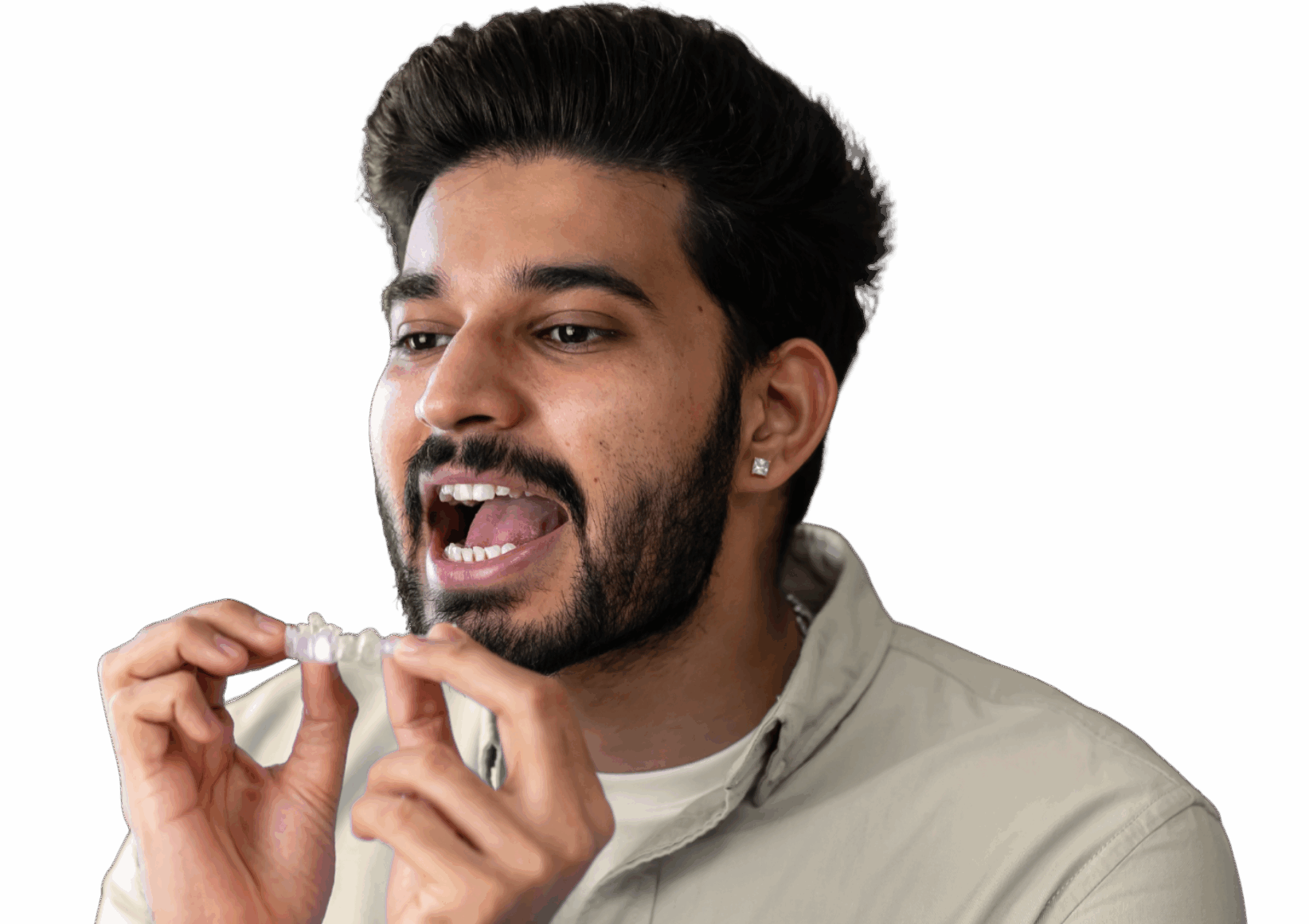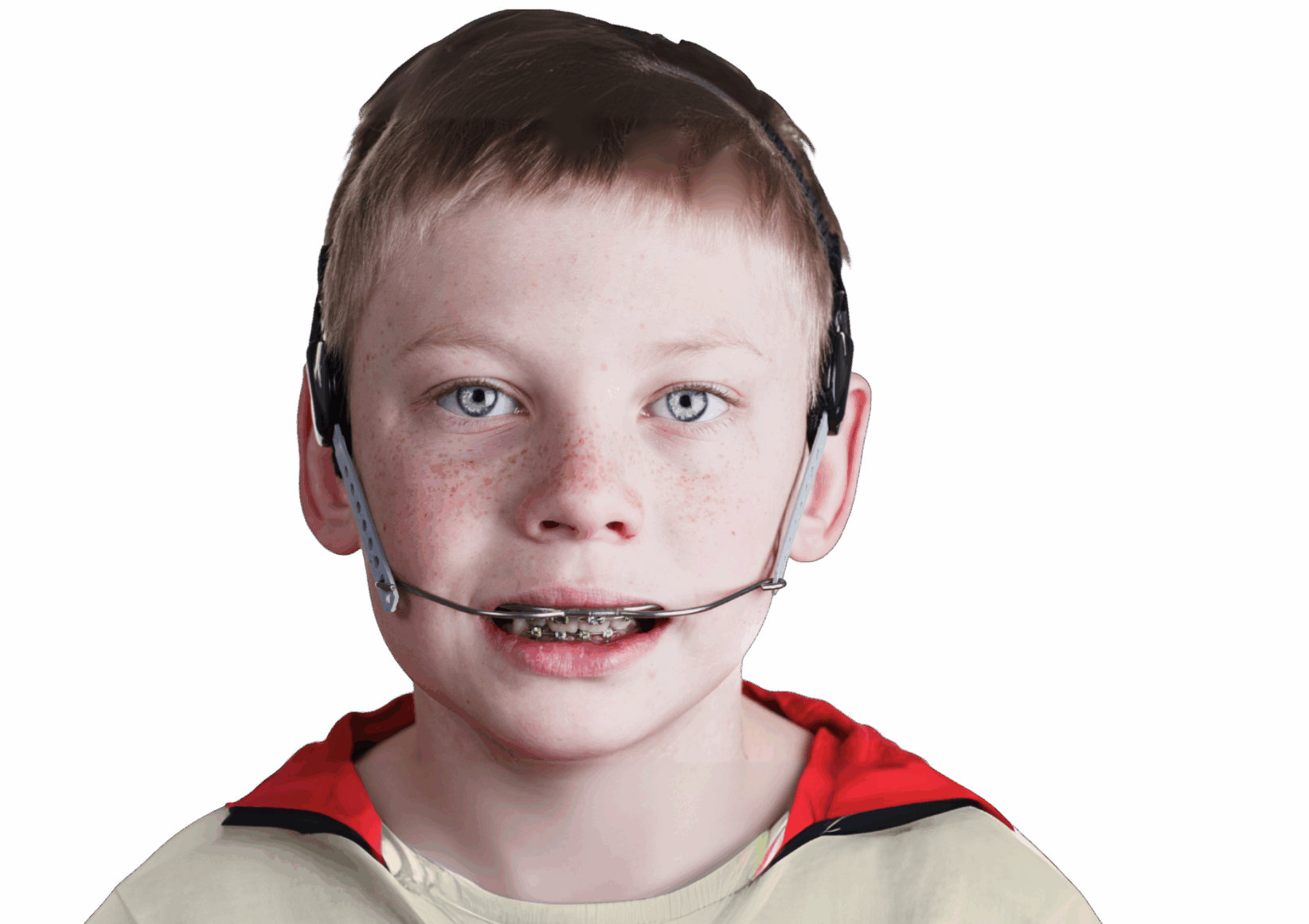This is where dental appliances are used to move teeth. Orthodontists are trained to provide treatments to prevent or reduce the severity of developing malocclusions by maintaining the quality of an otherwise healthy developing oral structure. Corrective orthodontics is a technical field within orthodontics focused on diagnosing, preventing, and treating dental and facial irregularities. Unlike preventive or interceptive orthodontics, which aim to address issues early in a patient’s development, corrective orthodontics involves the use of appliances and techniques to correct established malocclusions (misalignments of the teeth and jaws) and other dental deformities in children, adolescents, and adults.
Book this Treatment Back to TreatmentsThe most common and traditional method used in corrective orthodontics.
The most common and traditional method used in corrective orthodontics.






Custom-made, removable plastic trays that gradually move the teeth into the desired position.
Custom-made, removable plastic trays that gradually move the teeth into the desired position.



Used after the removal of braces or aligners to maintain the new position of the teeth.
Used after the removal of braces or aligners to maintain the new position of the teeth.



Used in conjunction with braces to correct bite issues by applying additional pressure to specific teeth or jaws.
Used in conjunction with braces to correct bite issues by applying additional pressure to specific teeth or jaws.



An external appliance used to correct severe bite issues and guide the growth of the jaw.
An external appliance used to correct severe bite issues and guide the growth of the jaw.



Used to widen the upper jaw to ensure the upper and lower teeth fit together properly.
Used to widen the upper jaw to ensure the upper and lower teeth fit together properly.



Used mainly in growing children to correct jaw discrepancies.
Used mainly in growing children to correct jaw discrepancies.



Corrective orthodontics plays a crucial role in improving not only the aesthetic aspects of a patient’s smile but also their overall oral health and function. Through the use of various techniques and appliances, orthodontists can address a wide range of dental and skeletal issues, leading to long-term benefits and improved quality of life for their patients.
